
Why Americans Are Having A Tough Time Repaying Pandemic-Era Loans

When the Covid-19 pandemic hit, the economic landscape in the United States underwent a seismic shift. Businesses shuttered, unemployment rates soared, and uncertainty became the new norm. In response, the federal government deployed an arsenal of financial relief measures to buoy the sinking economy.

Tuur / Pexels / During the COVID-19 pandemic, stimulus checks became lifelines. And loan repayment moratoriums offered a much-needed respite to millions of Americans struggling to keep their finances afloat.
But now – in the post-covid era, consumers falling short of repaying their debts.
The Lending Boom: A Silver Lining or a Debt Trap?
Amid this turmoil, lenders found themselves in a unique position. With federal backing and a mandate to support the economy, they loosened their purse strings. Interest rates plummeted, and credit became more accessible than ever before. Paradoxically, this environment led to a surge in consumer credit scores.

Anna / Pexels / According to TransUnion, the median credit score soared to 676 – a figure representing a “good” credit status for many and opening doors to previously unreachable lending opportunities.
Thus, the boom was immediate. People who had been on the fringes of the credit system found themselves pre-approved for loans and credit cards. In a time of crisis, this influx of credit seemed like a godsend.
But was it really a blessing? Or, was it a siren call toward a cliff of debt?
The Debt Hangover: When Reality Bites Back
Fast forward to the present, and the aftereffects of this lending spree are coming into sharp focus. TransUnion’s recent data paints a worrying picture: A significant number of borrowers who jumped at the opportunity to access credit from 2019 to early 2021 are now struggling to keep up with their repayments.
Why is this happening? Well, for many, the influx of loans and credit lines was not a path to purchasing power but a temporary patch on a leaking economic boat.
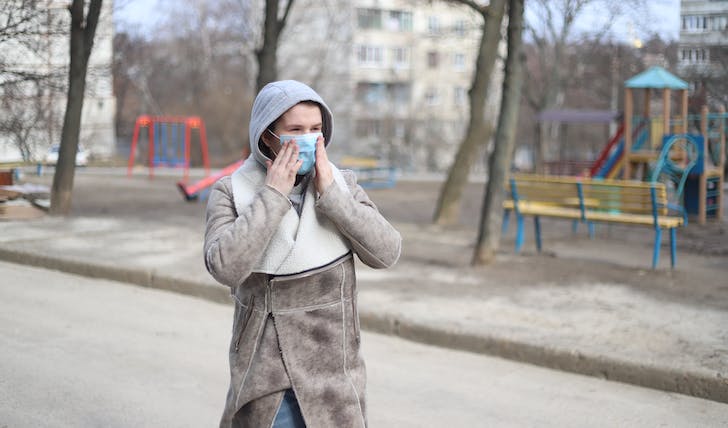
EVG / Pexels / Reports show that American consumers who borrowed pandemic-era loans are now having a hard time repaying their debts.
These funds often went toward basic needs and emergency expenses, rather than long-term investments or luxury purchases.
The Stimulus Effect
The presence of stimulus checks created an artificial sense of financial security. Many individuals may have overestimated their repayment capabilities. They somewhat wrongly assume that the economy would bounce back more quickly. Or, further government assistance would be forthcoming.
Plus, with interest rates at historical lows, borrowing was cheap. But as the pandemic’s grip loosened and the economy began to correct itself, those same interest rates started creeping up. For variable-rate loans, this meant higher monthly payments, catching many borrowers off-guard.
Employment Instability
Though the job market has recovered in many sectors, the landscape has changed dramatically. Many borrowers find themselves in new jobs that may not offer the same level of income or security as pre-pandemic positions, affecting their ability to repay debts.
Thus, the current trend of borrowers falling behind on debt is troubling. But it is not the end of the story. As we move through this challenging period, there are pathways forward for those grappling with debt.
Budgeting and Spending Habits
This period serves as a stark reminder of the importance of budgeting and living within one’s means. Consumers are rediscovering the age-old wisdom of saving for a rainy day and prioritizing essential spending.
Similarly, lenders are not blind to the widespread nature of this problem. Many are willing to negotiate payment plans and offer forbearance programs. Open communication can often lead to mutually beneficial arrangements.
More in Loans & Mortgages
-
`
Curious About Travis Kelce’s Net Worth? Here’s the Scoop!
Travis Kelce’s name echoes through NFL stadiums, synonymous with athletic prowess and electrifying plays. But beyond his touchdown celebrations and record-breaking...
June 10, 2024 -
`
Everything You Need to Know About an Assumable Mortgage
What is an Assumable Mortgage? Whether you are a buyer or a seller, understanding the concept of assumable mortgages can open...
June 6, 2024 -
`
Layoff vs. Fired – Understanding the Crucial Differences
When it comes to job loss, understanding the distinction between being layoff vs. fired is crucial. While both situations result in...
May 30, 2024 -
`
When Are Business Taxes Due 2024? Essential Dates and Deadlines
Tax deadlines can be daunting, but fear not! Let’s break down everything you need to know to stay on top of...
May 22, 2024 -
`
How Much Does Jeff Bezos Make Per Hour? It’s More Than You Think!
Jeff Bezos, a name synonymous with innovation and wealth, stands as one of the world’s richest individuals. While Bernard Arnault and...
May 16, 2024 -
`
What is Portfolio Investment Entity (PIE) and How Can it Benefit You?
In the intricate world of finance, individuals seek avenues to optimize their investments while minimizing risks. One such avenue gaining traction...
May 9, 2024 -
`
What is a Bank Statement? Understanding its Definitions, Benefits, and Prerequisites
Ever wondered where your money goes? A bank statement is like a financial report card, giving you a clear picture of...
April 30, 2024 -
`
Branded Content: A Genuine Way to Connect With Your Audience
Have you ever binge-watched a series on Netflix, only to later realize that the beverage everyone’s sipping on is that brand...
April 23, 2024 -
`
What Car Does Jeff Bezos Drive? Find Out Inside His Exclusive $20 Million Collection
Have you ever wondered what car does Jeff Bezos drive? This man’s tastes in vehicles are as expansive as his business...
April 17, 2024




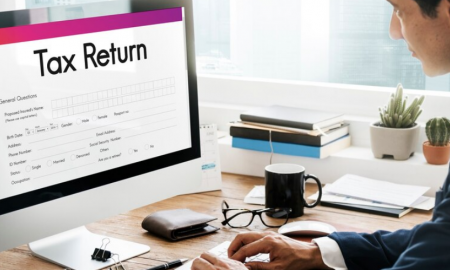

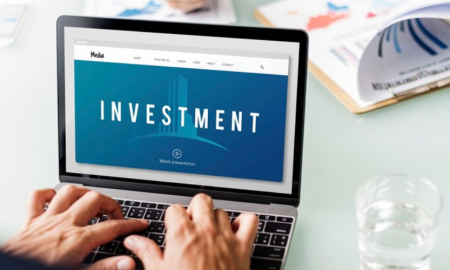
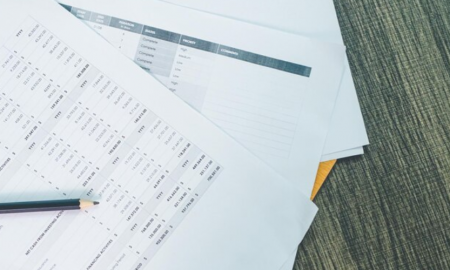


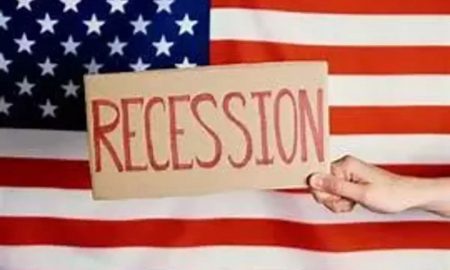




You must be logged in to post a comment Login